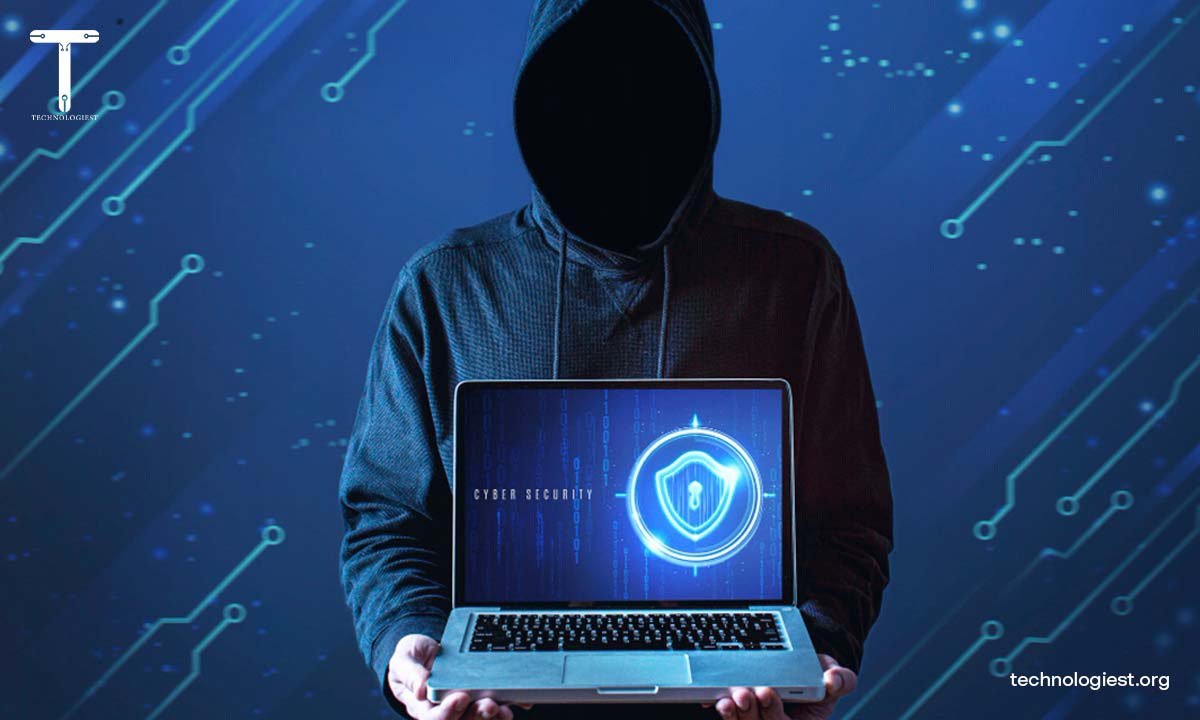
Nowadays, with almost every part of our lives being online, protecting our online identity has become crucial in this digital age. Cybercriminals often compromise our virtual identities by obtaining financial and personal data. But as technology advances, new contemporary techniques are being added to classic identity security strategies to protect our digital identities.
Table of Contents
ToggleIntroduction To Identity Security

The process of implementing security measures to stop illegal access to or use of personal data is known as identity security.
Since more and more contacts and transactions take place online, strong identity security standards are needed.
Identity security shields people against potential threats including fraud, identity theft, and data breaches, as well as businesses and organizations.
Traditional Methods of Identity Security

Passwords have long been the main form of authentication for identity security.
Nevertheless, passwords are intrinsically susceptible to many types of assaults, such as phishing scams and brute force attacks.
Furthermore, two-factor authentication (2FA) is getting more and more popular because password-only login could have security vulnerabilities.
By forcing users to submit a second form of verification, 2FA boosts security, but it’s not perfect and may still be abused by social engineering and phishing operations.
How Can Social Security Identity Theft Occur?

There are a number of ways that social security identity theft can happen, including:
- Phishing Scams: Via phony emails, messages, or phone calls, cybercriminals may trick victims into disclosing their social security numbers (SSNs) or other private information.
- Data breaches: Via malware attacks or security flaws, hackers may get access to databases holding SSNs and other personally identifiable information. SSNs can be used for fraud and identity theft once they are obtained.
- Stolen papers or Wallets: Identity theft can also result from the physical theft of papers, wallets, or purses that include SSNs. SSNs taken by thieves may be used to create fictitious accounts or make unapproved purchases.
- Fraudulent Websites: SSNs may be requested via phony websites or online forms under false pretenses, such as making promises of awards or benefits. People who aren’t vigilant may unintentionally give up their Social Security numbers, which may be exploited to steal identities.
How Many Social Security Numbers Be Used To Commit Identity Theft?

To reduce the harm, you must act quickly if you believe that your social security number (SSN) has been stolen or exploited for identity fraud. What you can do is as follows:
- Speak with credit bureaus: Send a fraud warning to major credit bureaus, including TransUnion, Equifax, and Experian, to have it placed on your credit record. This notice alerts creditors to make further efforts to confirm your identification before granting credit.
- Report Anything to the Police: Report identity theft to your local police station or the Federal Trade Commission (FTC). Obtain a copy of the FTC identity theft affidavit or the police report to substantiate the theft.
- Watch your financial accounts: Pay particular attention to any strange activity in your bank accounts, credit card bills, and credit reports. Contact your bank as soon as possible to report any fraudulent activity or accounts.
- Get in touch with the Social Security Administration here: Report identity theft to the Social Security Administration (SSA) and, if required, obtain a new SSN. Be ready to present records and proof of the theft.
- Enrolling in identity theft protection services may be a good idea as they may offer extra monitoring and help in addressing identity theft-related problems.
- Change your security measures and passwords: To improve security, reset your online account passwords and turn on multi-factor authentication wherever you can.
- Remain Alert: Keep an eye out for any potential fraud or phishing schemes. When disclosing personal information over the phone or online, use caution and make sure the request is legitimate before sending sensitive information.
Emergence of Modern Identity Security

Understanding the shortcomings of conventional techniques, contemporary social security identity theft solutions use cutting-edge technology to improve authentication and verification procedures.
Biometric authentication is one such technique that uses unique biological traits such as fingerprints, facial recognition, and iris scans to confirm an individual’s identity.
Because biometric data is inherently unique and difficult to replicate, it provides a more secure authentication mechanism than passwords.
Behavioral analysis is another contemporary identity security method, in addition to biometrics, that evaluates user behavior and trends to spot abnormalities or questionable activity.
Using factors like typing speed, mouse movements, and browsing habits, behavioral analysis provides proactive security against unwanted access by instantly detecting potential security flaws.
Artificial Intelligence’s (AI) Purpose
Artificial intelligence (AI), which drives complex algorithms that are constantly learning and adapting to new threats, is a major component of modern identity protection.
Large-scale data sets are scanned by machine learning algorithms for patterns and abnormalities, which increases threat detection’s precision and proactivity.
Additionally, to increase overall efficacy and efficiency, AI-driven social security identity theft may automate routine operations like identifying and thwarting possible attacks.
Challenges and Risks in Identity Security

Although identity security has advanced significantly, risks and challenges still need to be addressed.
Because hackers’ strategies for exploiting security system weaknesses are always changing, data breaches are a serious concern.
Furthermore, because biometric data is sensitive and might be misused if insufficient security precautions are taken, collecting and storing it creates privacy issues.
1. Complex Cyberattacks:
To get around security measures and take advantage of weaknesses, cyber criminals are always changing their strategies.
Identity security is at risk from sophisticated phishing attempts, malware assaults, and social engineering techniques.
Furthermore, the growth in ransomware attacks that target financial and personal data emphasizes the necessity of having strong defenses.
2. Insider Threats:
Whether deliberate or not, insider threats remain a serious concern for identity security.
Information accuracy and privacy may be compromised by employees or other people with special access to personal data.
casual insiders may unintentionally weaken security by their casual behaviors, while malicious insiders may use their access to steal or alter data.
3. Inadequate Awareness and Observation:
While the number of individuals and organizations aware of cybersecurity threats has increased, many remain uninformed about identity security best practices.
People who are unaware run the risk of being naive or complacent about these issues, which leaves them more vulnerable to online crimes such as social engineering and phishing schemes.
4. Regulatory Compliance and Legal Obligations:
One of the main issues confronting businesses is maintaining identity security in the face of laws like the General Data Protection Regulation (GDPR) and the California Consumer Privacy Act (CCPA).
Violation of these guidelines may incur harsh fines and harm to one’s reputation.
Furthermore, understanding the intricate legal framework around data security and privacy requires a substantial amount of labor and expertise.
5. Third-Party Concerns:
There are extra identity security concerns when using third-party suppliers for outsourcing services.
Third-party suppliers might provide resources and specialized knowledge, but they could also be weak links in the security system.
Identity security may be jeopardized by inadequate security measures or careless data handling procedures by outside providers.
Sensitive information may be exposed to breaches or unwanted access.
6. Quick Technical Development:
As technology advances so quickly, identity security has both possibilities and problems.
Artificial intelligence and biometrics are two breakthroughs that improve security measures but also provide new attack channels and vulnerabilities.
Because cybercriminals are quick to take advantage of new technology, identity security must be constantly protected via adaptability and awareness.
7. Legacy Systems and Infrastructure:
Legacy systems and outdated infrastructure pose significant challenges in maintaining identity security.
Aging systems may lack essential security features or receive limited support and updates, making them susceptible to exploitation by cyber threats.
Migrating to modernized systems and infrastructure requires significant investment and resources but is essential for mitigating security risks.
The Best Methods To Guarantee Identity Security
Individuals and organizations should use best practices that place a high priority on proactive protection and risk management in order to reduce the risks related to identity security.
This entails putting robust password management procedures into place, upgrading software and security updates on a regular basis, and utilizing a multi-layered security strategy that combines several authentication techniques for improved protection.
The Future of Identity Security
Looking ahead, identity security has a bright future thanks to continuous technological improvements.
Identity security is a subject that is always changing, from the creation of ever-more-advanced AI-driven security solutions to the incorporation of biometrics into commonplace electronics.
But these developments also offer new hazards and problems, which emphasizes the importance of keeping an eye out and taking precautions to protect our digital identities.
Related Content: Two Types of Insider Threats Cyber Security: Understanding Risks
Conclusion
In conclusion, protecting our identities online necessitates a fresh strategy that transcends conventional validation techniques.
By using technology such as artificial intelligence, behavioral analysis, and biometrics, we can strengthen the protection of our digital identities against emerging risks.
To guarantee that everyone has a safe and secure online experience, we must be bold and watchful in addressing the difficulties and threats related to identity security.
You May Like Also:
4 thoughts on “Identity Security: Securing Your Identity Online With a Modern Approach”